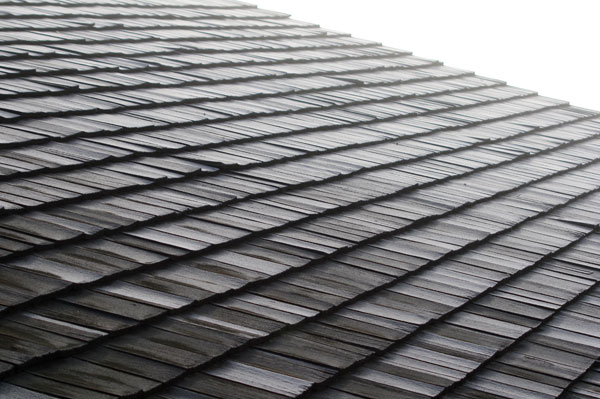Specialty Roof – Synthetic Shake and Slate

There is an increased focus on green building and low maintenance. Interest in alternative products that capture the appearance, color variation, and texture of natural materials that deliver superior performance is on the rise.
The growing synthetic roofing option caters to remodelers, builders, and homeowners who wish to use renewable resources that look like shakes or slate. It is also a first-rate choice for those interested in longevity and durability.
1. Synthetic Composition
Advanced manufacturing technologies and materials give synthetic products longer lifespans, greater durability, and better resistance to weathering than cedar or slate. Synthetic shake and slate products are made from various materials, primarily polymers and rubber, along with modifiers and fillers.
The polymeric composition of most synthetic shakes and shingles includes impact modifiers and UV inhibitors. Some products incorporate cellulose fibers, mineral dust, or recycled plastic or rubber. Others use virgin plastic and rubber.
Most synthetic shakes and slates have a 50-year warranty and are UL-certified as Class 4 impact resistant. Some are rated to resist high and uplift winds.
2. Installation
Synthetic roofing products generate less waste and offer simpler installation than natural slate and shakes. They are available in several sizes that minimize the need for cutting. The products are of consistent quality. No piece must be culled. Each one is usable.
Synthetic slate is notably more manageable to work with than its natural counterpart. It requires no reinforced roof because it is lighter in weight. When ordering natural slate, contractors add ten to 20 percent to make up for damage during shipment and installation. Synthetic slates are more durable and flexible. Breakage is practically nonexistent.
Shakes and slate can be cut with a standard stone, or wood-cutting saw. The surface color on most synthetic roofing products goes through the entire material. There is little need for hiding the edges because the appearance does not change. Unlike cedar shakes and natural slate, you can also use a pneumatic nailer to install them.
3. Environmental Friendliness
The answer to the question of how eco-friendly synthetic roofing products are depends on each product. All synthetic roofing material is polymer-based, which means they are petroleum-derived materials. Some shakes and slate, but not all, are manufactured using recycled material.
The roofs do not have to be replaced as often, and fewer repairs are needed during a roof’s lifespan. They are freeze and thaw cycle resistant, have low water absorption, and have been extensively tested for UV resistance.
Products not using recycled content are somewhat eco-friendly because most of them are recyclable at the end of the roof’s lifespan.

